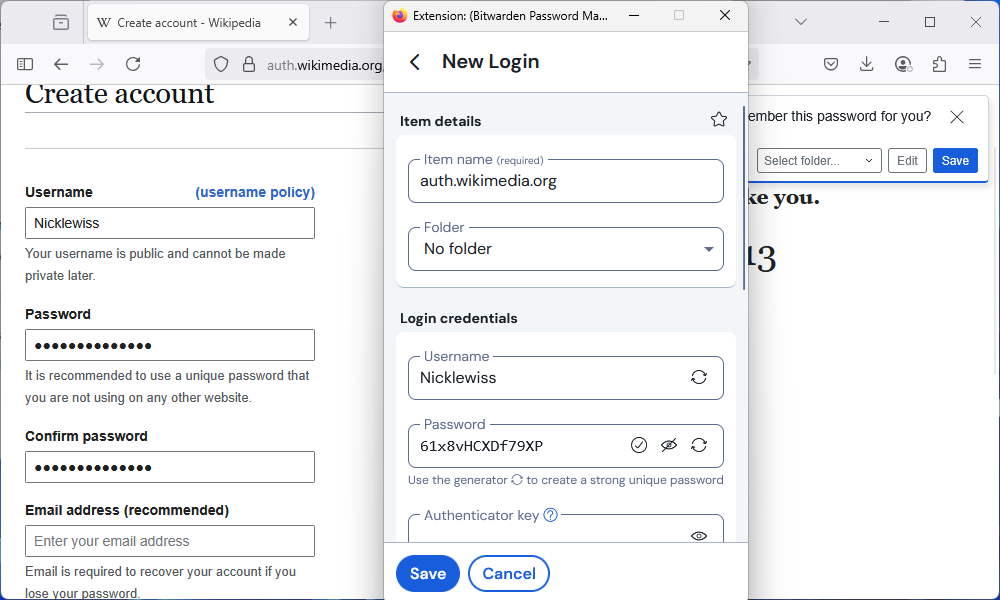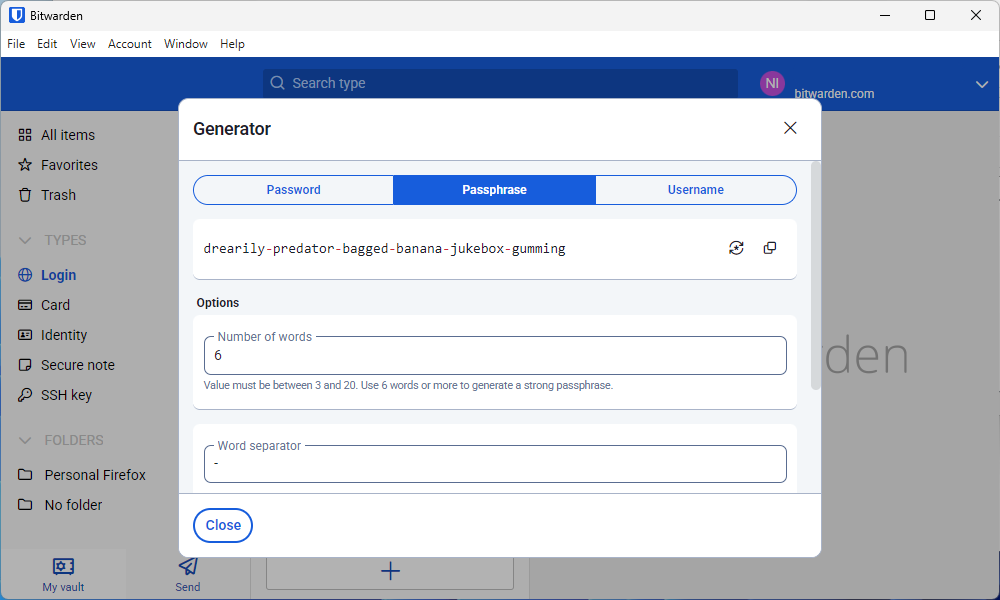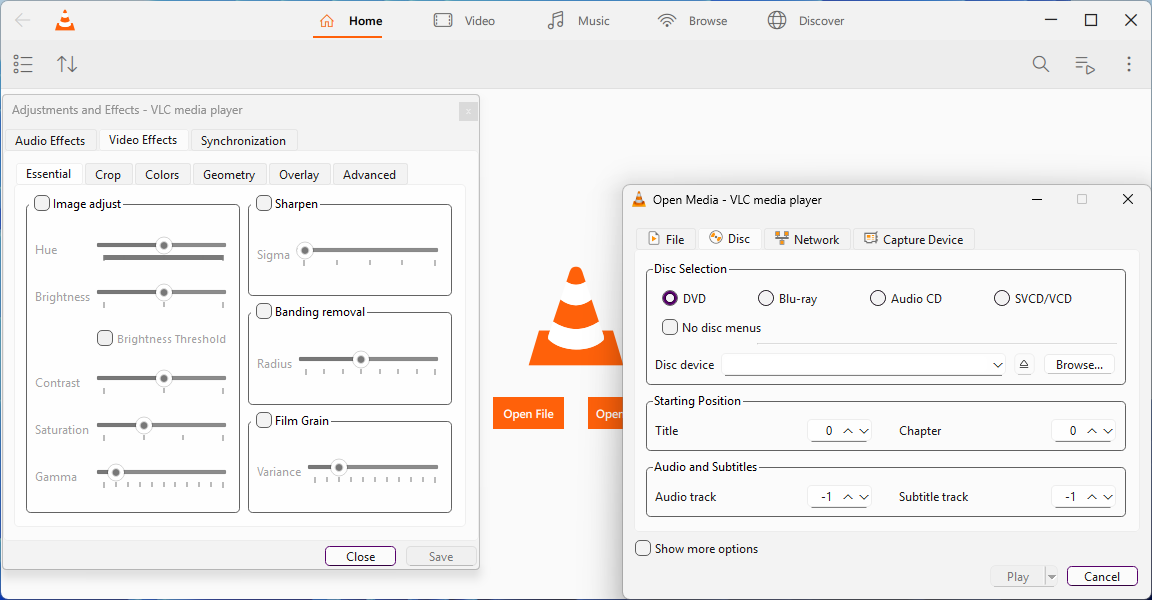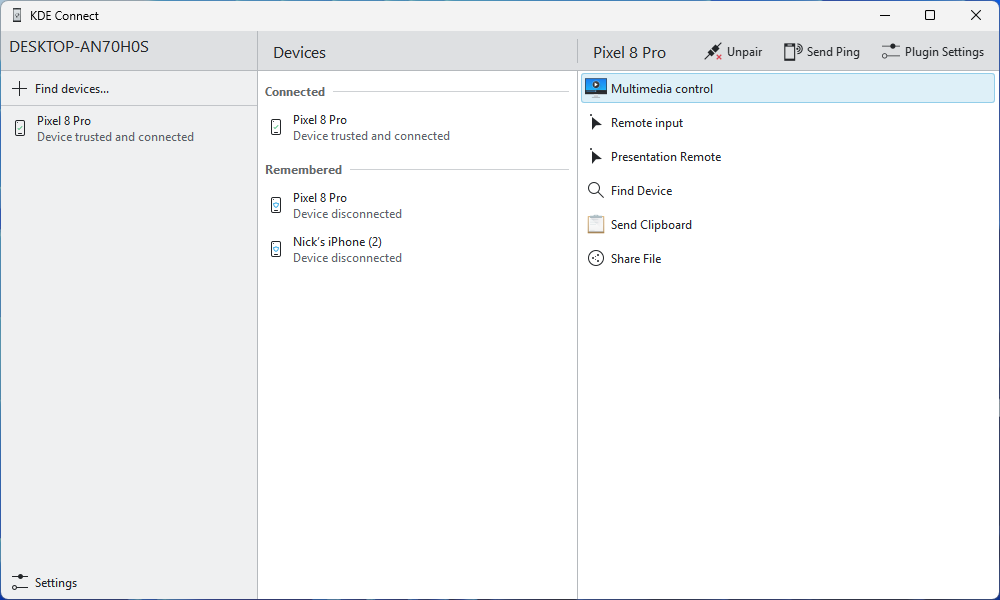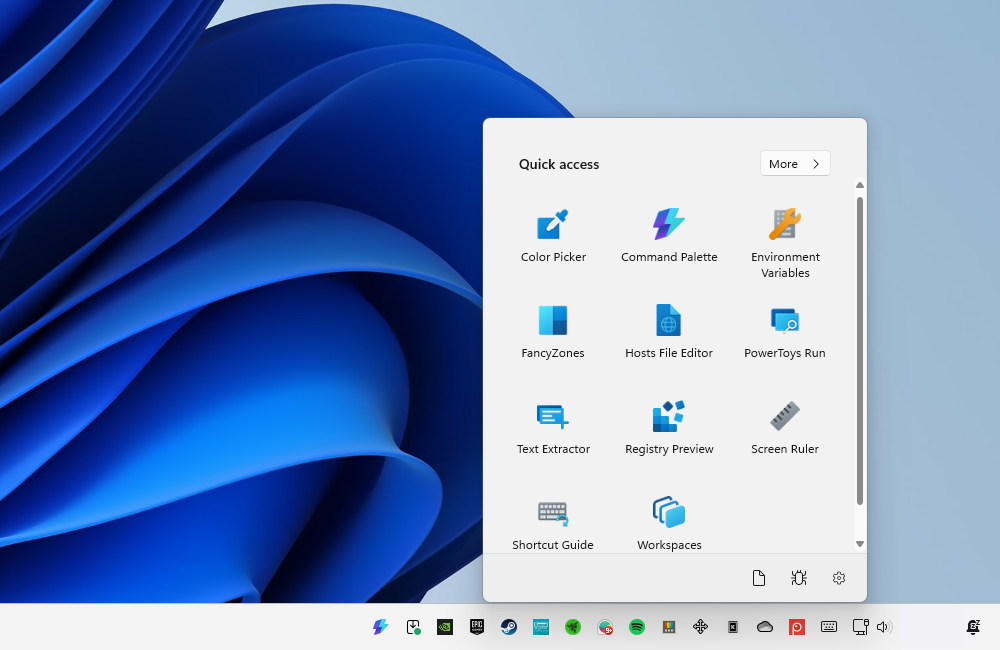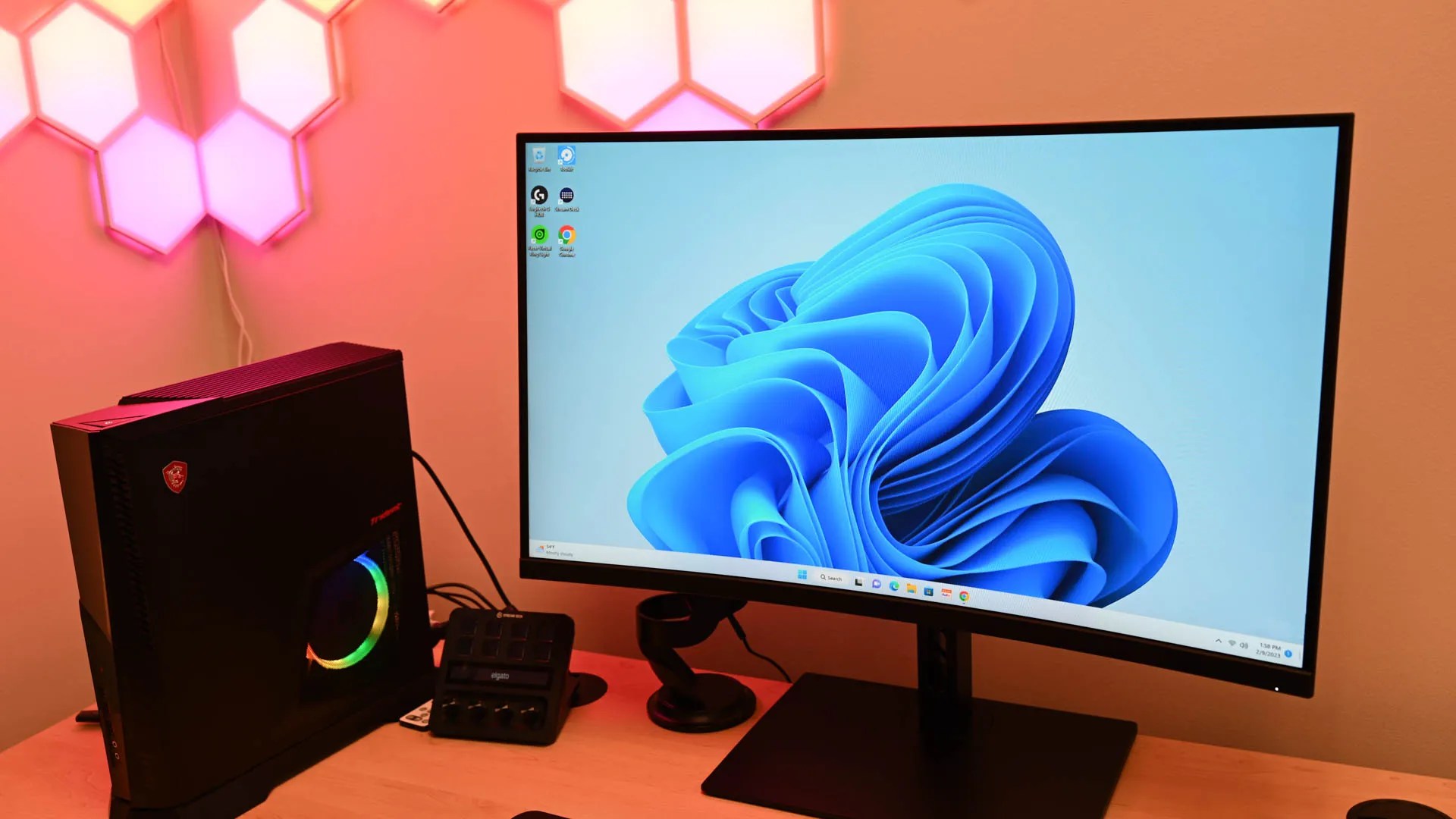
7 Open-Source Windows Apps I Can’t Live Without
Windows isn’t usually the operating system that comes to mind when the phrase “open source” gets thrown around, but make no mistake: many of the best Windows apps today are open source. Here are a few great ones I use daily.
7
Nanazip
Windows can handle the basics of ZIP files and other archive formats, like opening and extracting files, but it can’t handle the huge range of formats out there. It doesn’t offer the kind of granular control you might want while creating an archive either.
Luckily, there is an open-source project that makes up for all of those deficiencies and more: Nanazipwhich is a fork of 7-Zip.
7-Zip has been around for years, can handle almost any archive or compression format you’ll regularly encounter, and gives you an incredible amount of control when you’re creating or managing archives.
NanaZip builds on that foundation and gives you a modern user interface that meshes nicely with Windows 11.
It also fully integrates with the right-click context menu on Windows 11, which means you don’t need to launch the app to perform basic operations, like adding a file to an archive or extracting the contents of a ZIP somewhere.
NanaZip also includes support for additional security features that power users might find helpful.
6
BitWarden
Memorizing passwords is a pain, and getting them all synchronized between devices is an even bigger pain. However, BitWardenan open-source password manager, solves the problem completely.
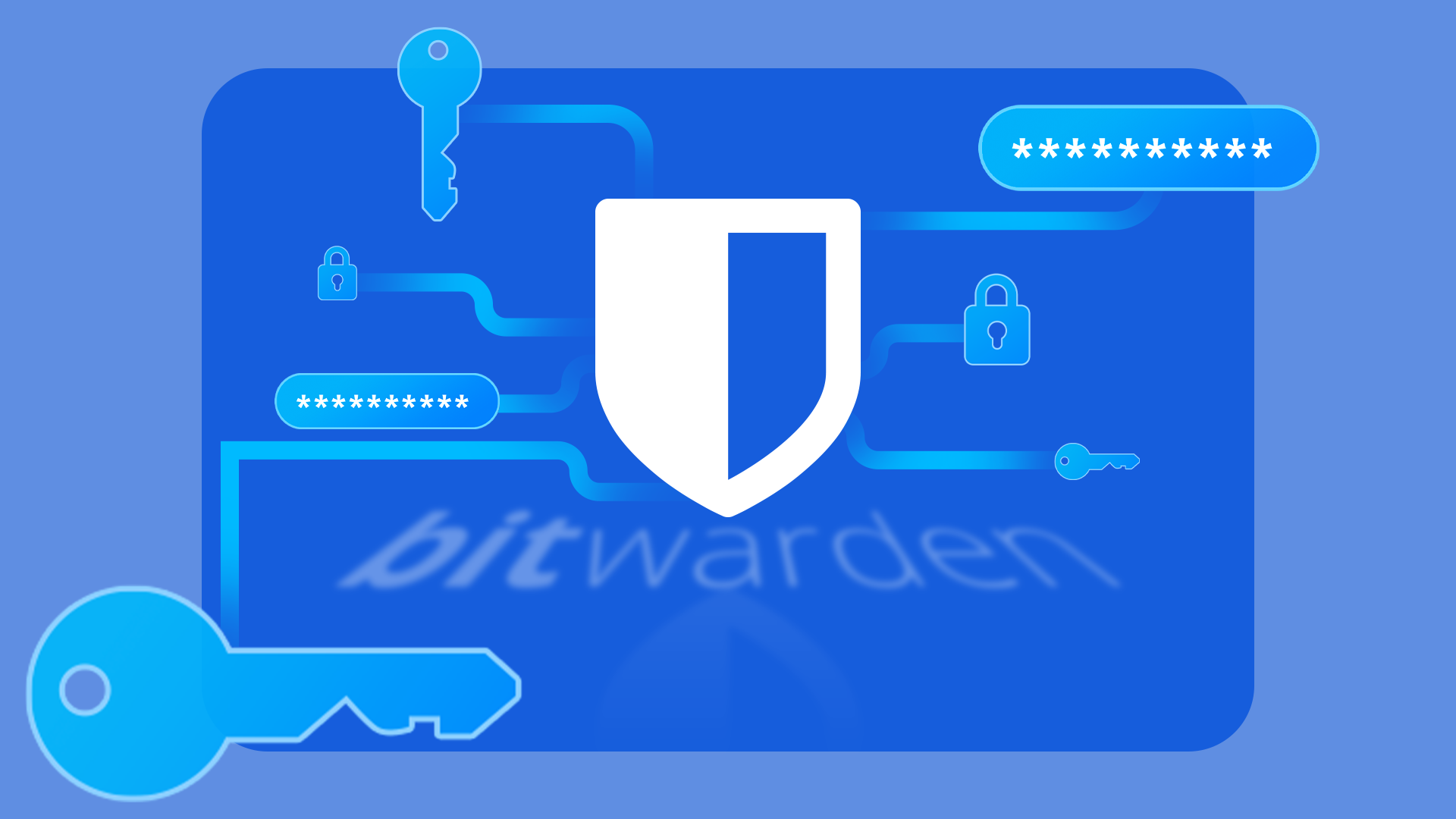
Why I Use Bitwarden
The best of the bunch (for me).
Any time you enter a password, BitWarden will securely save your login so that you can instantly access it on any of your devices.
If you’re having trouble thinking of a unique password for a new account somewhere, BitWarden is also capable of generating a strong passphrase or password for you to ensure you’re not reusing them.
Once you save a login, you can sort it into a folder to keep things more organized.
BitWarden runs on every major desktop and mobile operating system, which guarantees you’re not going to run into issues between devices.
Additionally, it lets you store passkeys (an alternative to passwords), credit card information, and SSH keys.
5
VLC
Windows 11 comes with a few different media players built-in, but none rival the capabilities of the open-source video player VLC.
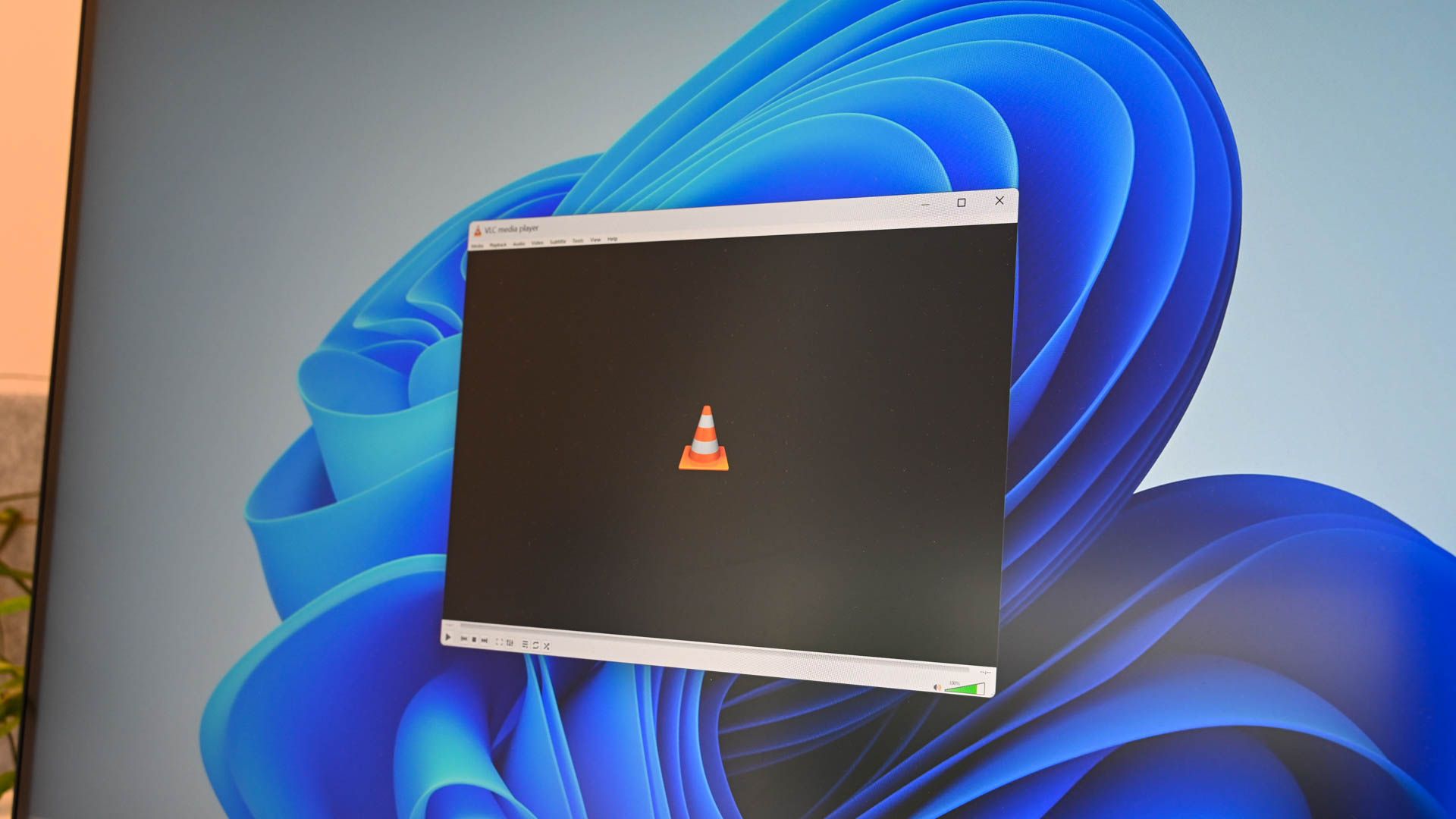
6 Hidden Features of VLC Media Player That You Should Be Using
It does more than just playing audio and video files.
VLC has been popular for years due to its ease of use, flexible interface, and customizability. It supports almost any media format out of the box, and can even be used to convert between formats. If you don’t like how a video looks, you can use VLC to tweak it to your liking.
4
VSCodium
VSCodium is a slightly stripped-down version of Visual Studio Code (VS Code), a popular jack-of-all-trades text editor.
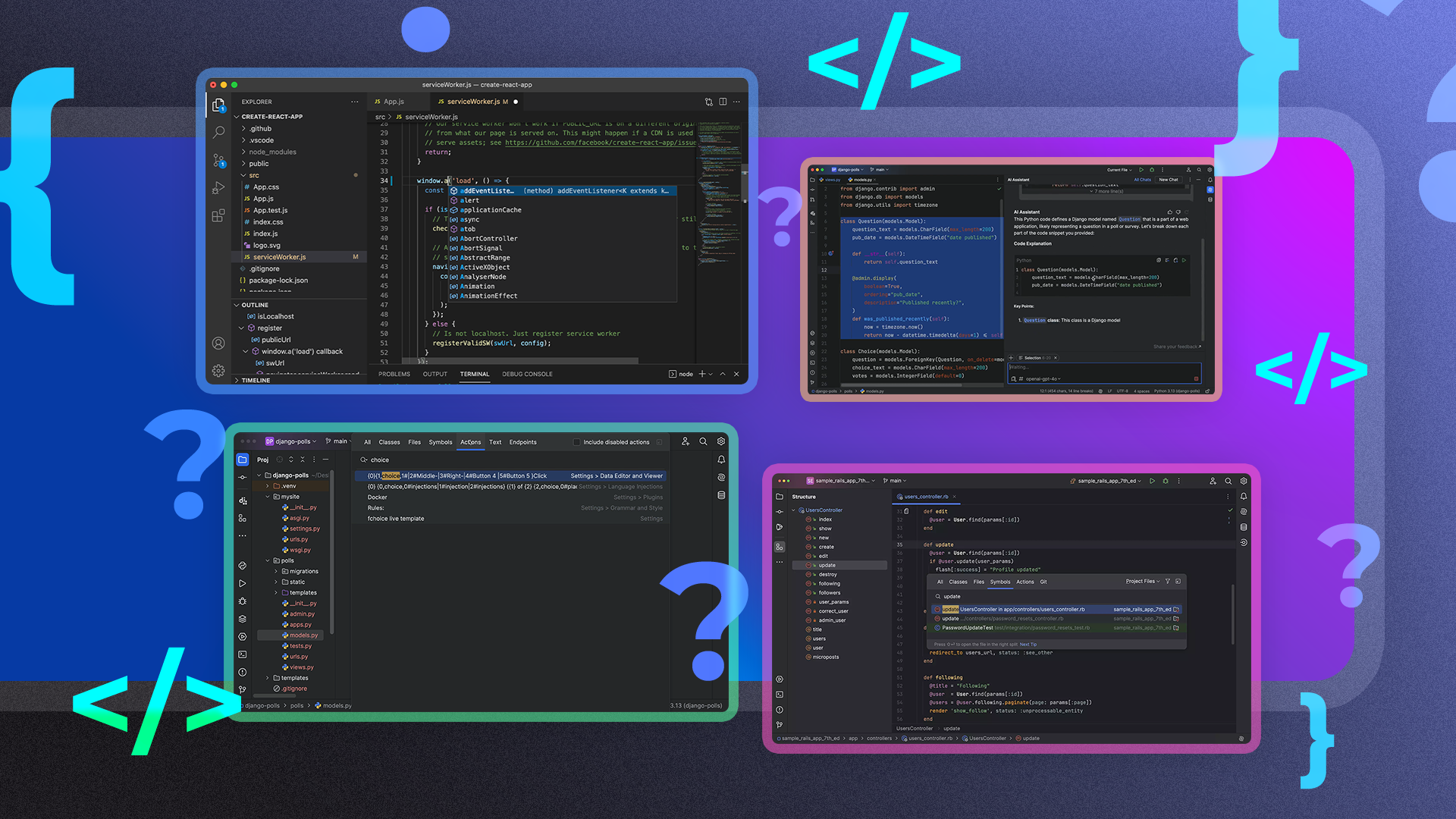
This IDE Actually Made Me a Better Programmer
One IDE to rule them all. You won’t want to use anything else.
Neither VSCode nor VSCodium are “true” integrated development environments (IDEs), but the number of extensions and plugins available for almost every programming language bring them close enough. Unless I need something specific, VSCodium is the first program I reach for when I need to do some coding on Windows or Linux.
Recently, I’ve been using it in combination with Rust-Analyzer for a few embedded projects with no hitches whatsoever.
The only significant difference between VSCode and VSCodium is telemetry: VSCode phones some telemetry back to Microsoft, while VSCodium has that portion removed. There are also some extensions available for VSCode that aren’t available for VSCodium, but most of the important ones are present.
3
Where Connect
Where Connect is an open-source application that lets you access your phone from your PC, or vice versa. You can wirelessly send and receive files over your local network, reply to texts, and interact with notifications.
In many ways, it is similar Microsoft’s Phone Link, but it doesn’t require an account.
KDE Connect works on Windows, Linux, macOS, iOS, and Android, so you won’t have any problems mixing and matching ecosystems if that is your style.
2
PowerToys
PowerToys is probably the most versatile collection of tools available for Windows, and all of them are free and open source. It contains everything from a color picker to a more advanced window manager to Command Palette, which has totally replaced the Start Menu in my day-to-day workflow.
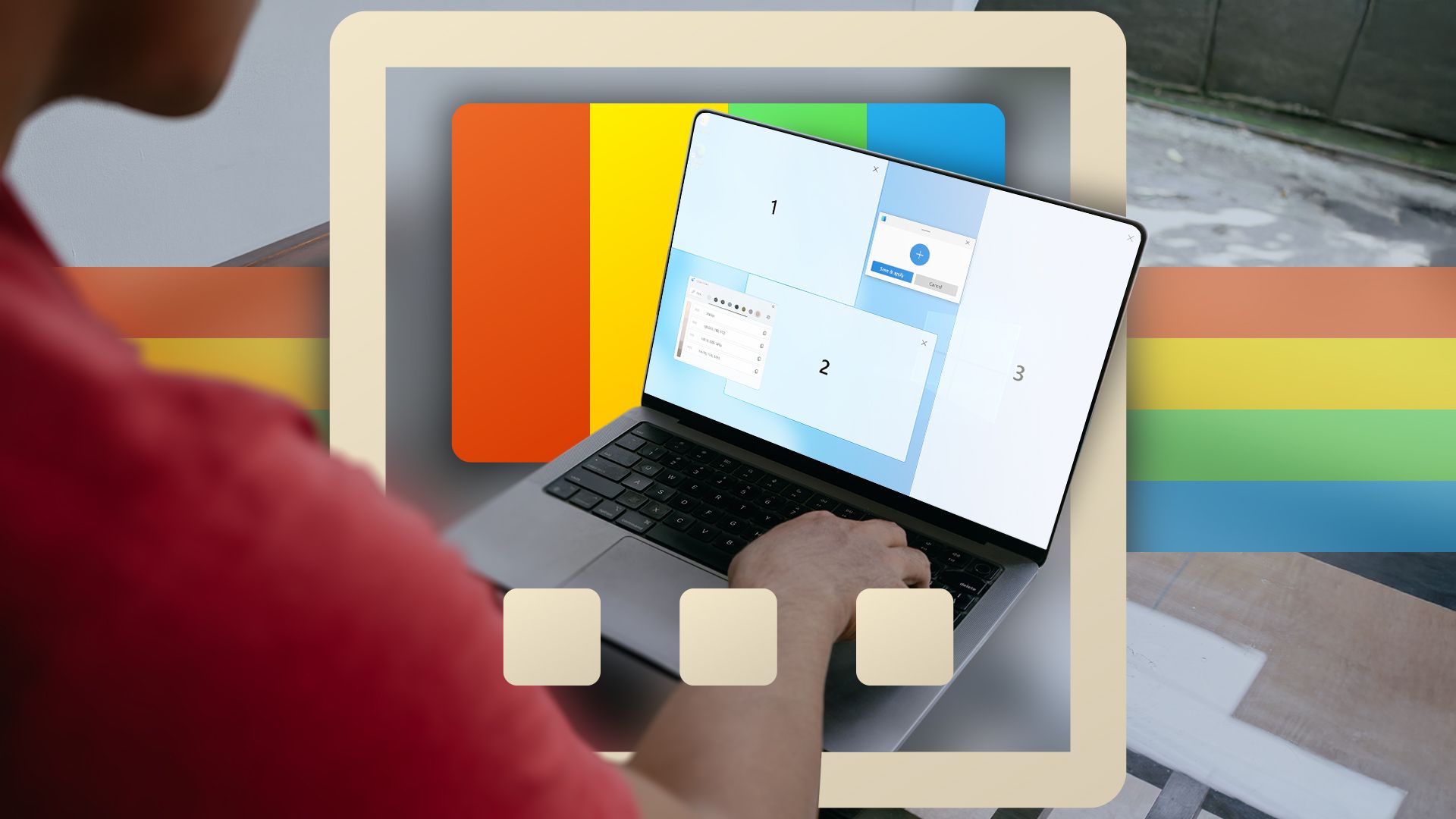
PowerToys Is the Ultimate Work From Home Companion App
Working for home can be a trade-off in conveniences. Here’s how I use PowerToys toWFH smarter, not harder.
I use about a dozen utilities from PowerToys daily for both work and my leisure projects. They can all be enabled or configured from within PowerToys itself—no hunting around for configuration files or external downloads necessary.
1
Firefox
There are few apps that see more use than browsers, and it is important to pick one you like.
Firefox is privacy-friendly and has an incredible range of extensions available for it. Additionally, it is one of the few remaining browsers that isn’t based on Chromium (the project behind Google Chrome, Brave, and Microsoft Edge).
Because it is built on an entirely different framework, Firefox still supports extensions and features you won’t find in Chromium-based browsers.
Above and beyond the browser itself, Firefox is backed by the Mozilla foundation, which has a pretty good privacy and security track record—an important factor in the internet era.
While there are some software suites that don’t have perfect replicas in the open source world, it is always worth checking for one first. Open-source applications are transparent (if you care to audit the code), customizable, and—best of all—free.


